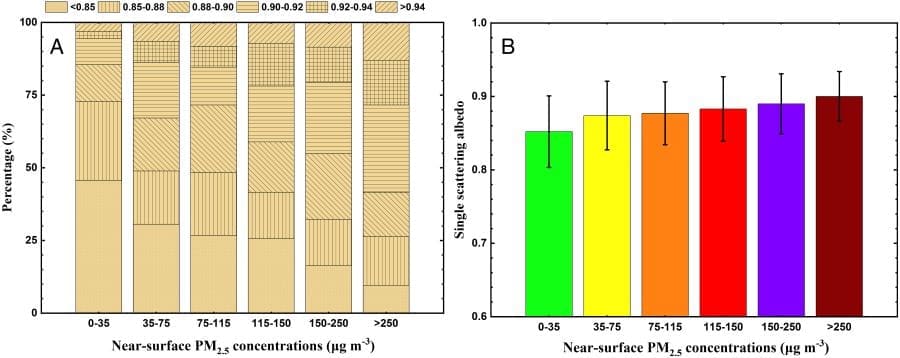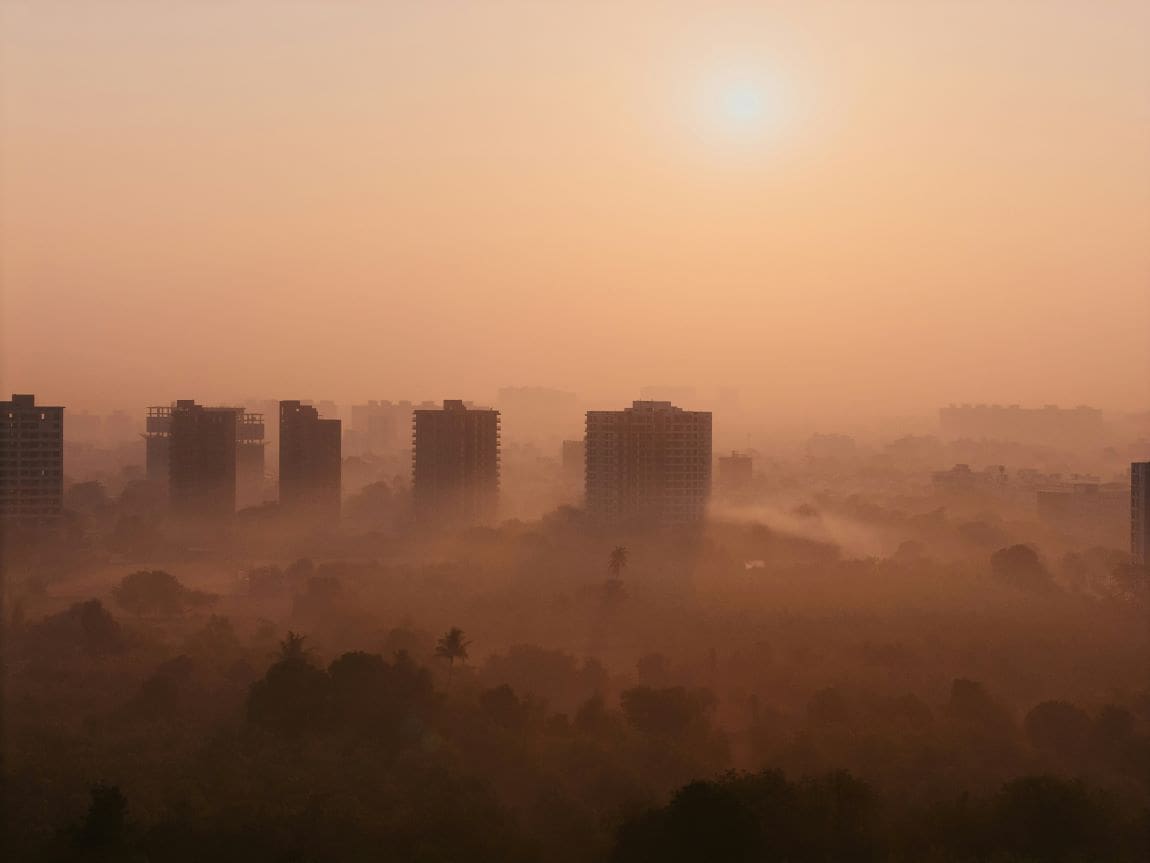New research published in Proceedings of the National Academy of Sciences is reshaping our understanding of how light-absorbing aerosols contribute to winter haze events.
These tiny particles, capable of absorbing solar radiation, have long been considered a major factor in exacerbating urban pollution. However, this study reveals a more nuanced role, challenging previous assumptions about their impact on air quality.
Light-absorbing aerosols influence the Earth’s heat balance through two key mechanisms: directly by absorbing solar radiation and indirectly by acting as nuclei for cloud and ice formation. These processes not only affect local atmospheric conditions but also have global implications for climate systems. Interactions between aerosols, radiation, and photolysis — a process affecting the rate of chemical reactions in the atmosphere — further complicate their role in haze formation.

To address these complexities, the research team led by Prof. Li Guohui of the Institute of Earth Environment at the Chinese Academy of Sciences (CAS) developed an advanced radiative transfer model. This model incorporated the multi-component, full-size distribution of aerosols and was integrated with a regional atmospheric chemical transport model. Combined with observational data, this approach allowed the researchers to quantify the impact of aerosols on winter haze events across large scales.
“The findings indicate that previous studies may have overestimated the positive role of aerosol light absorption in haze formation,” said Prof. Li. “This offers new insights into how light-absorbing aerosols influence atmospheric physicochemical processes.”
One of the study’s key discoveries was the effect of aerosols on vertical heating rates in the atmosphere. While these particles intensify pollution in urban areas, their broader impact is less straightforward. On a regional scale, the highest heating rates were observed at the top of the boundary layer, creating a “warm bubble” effect. This phenomenon drives upward air movement in polluted regions, simultaneously encouraging downward airflows in less polluted areas. These patterns effectively lower PM2.5 concentrations — fine particulate matter known to harm human health and reduce visibility.
Moreover, light-absorbing aerosols suppress atmospheric oxidation, which limits the formation of secondary aerosols. This additional mechanism further contributes to reducing PM2.5 levels in certain contexts, adding another layer of complexity to their overall influence on air quality.
The findings not only highlight the intricate interactions between aerosols and atmospheric systems but also have significant implications for climate modeling and air quality management. By revealing how aerosols shape pollution dynamics on larger scales, this study provides valuable data for refining predictive models and informing policies aimed at reducing emissions.
Conducted in collaboration with researchers from Stanford University, the California Institute of Technology, Xi’an Jiaotong University, and the Institute of Atmospheric Physics of CAS, the study exemplifies the value of cross-disciplinary approaches in addressing global environmental challenges.
Journal Reference:
J. Wu, N. Bei, Y. Wang, X. Su, N. Zhang, L. Wang, B. Hu, Q. Wang, Q. Jiang, C. Zhang, Y. Liu, R. Wang, X. Li, Y. Lu, Z. Liu, J. Cao, X. Tie, G. Li, J. Seinfeld, ‘Aerosol light absorption alleviates particulate pollution during wintertime haze events’, Proceedings of the National Academy of Sciences 122 (1) e2402281121 (2025). DOI: 10.1073/pnas.2402281121
Article Source:
Press Release/Material by Chinese Academy of Sciences (CAS)
Featured image credit: milind bedwa | Unsplash




